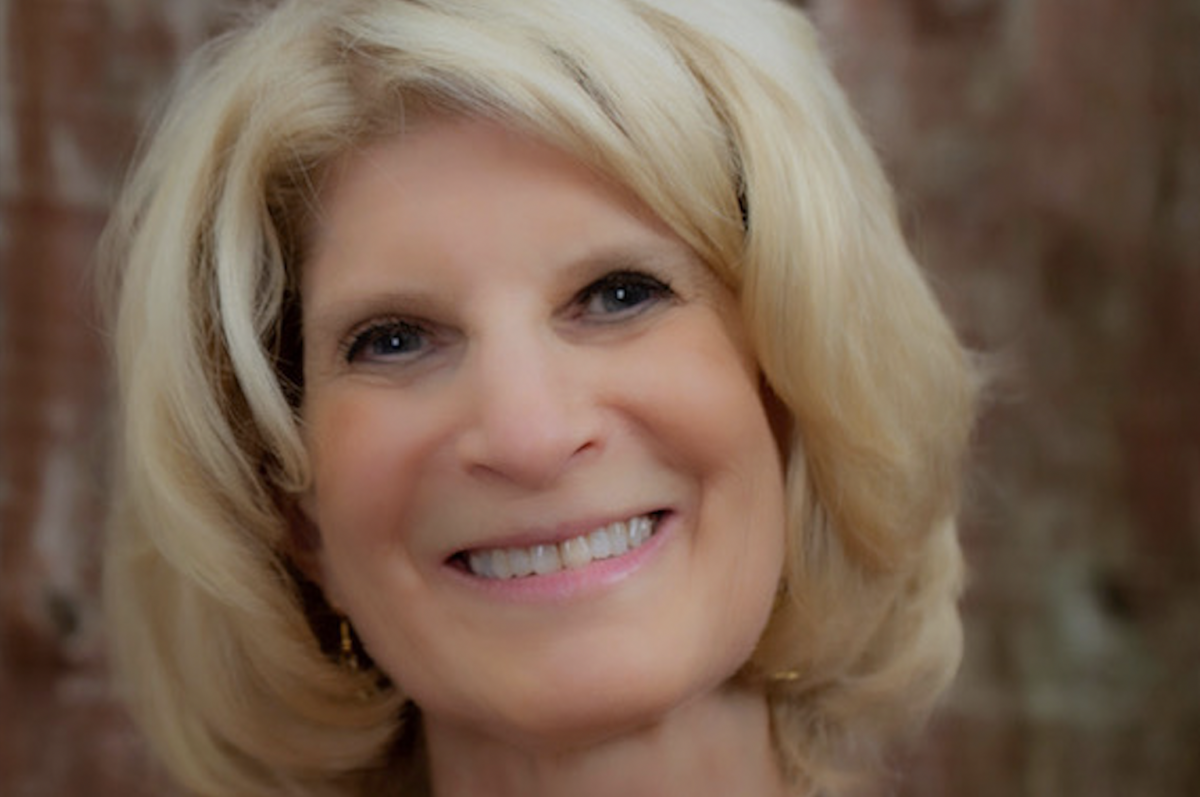Debra Berlyn: Creating a Path to Close the Digital Divide for Older Adults
Programs like the ACP and technologies like fixed wireless can play a key role in connecting older adults.
Debra Berlyn

Today, three-year old Max wants to get on the family computer and see his Grammy on the other side of the country, but she could be one of the approximately 34 percent of those age 65 and older who still aren’t connected to the internet at home.
When it comes to getting connected to the internet, older adults continue to remain an isolated and unserved demographic across the country. There’s more work that remains to be done to get older adults connected to the internet. It’s time to get creative and expand the effort for broadband everywhere to everyone.
There’s an unprecedented wave of federal funding for broadband expansion on the horizon. The Broadband Equity Access and Deployment effort is underway and will soon roll-out the $42.5 billion allocated by Congress to expand high-speed internet access across all fifty states and U.S. territories.
Pair this with several industry discount programs to choose from and there may finally be a real opportunity to drive broadband access and adoption and start to close the digital divide for older adults.
Affordable broadband
For older adults with the greatest need, there’s one federally funded program that has had a significant impact on connecting the community to broadband: the Affordable Connectivity Program.
Congress appropriated $14.2 billion in the Infrastructure Investment and Jobs Act of 2021 for the ACP program to provide eligible lower-income households with up to a $30 monthly subsidy. About twenty internet service providers (including large ISPs AT&T, Verizon, Comcast, Charter and some smaller providers) offer a high-speed, high-quality internet service plan for no more than $30 dollars per month for those that qualify.
So, for these households leveraging ACP, which include millions of older adults, they apply their monthly $30 benefit to a plan and access the internet, essentially for free.
To date over 17 million households have signed up for ACP. Over 45 percent of ACP subscribers are age 50 years and older, and over 20 percent of the ACP recipient households are age 65 and older.
This program is truly one of the most important programs for assisting those in need and has finally provided the aging community the opportunity to receive the benefits of broadband.
While new qualified households continue to subscribe to ACP, time is running out for available funding of this important program. With the current number of household subscribers and continued growth, it’s estimated that the ACP will run out as early as the first half of 2024. Congress must consider options now for continuing funding for the Affordable Connectivity Program.
The ACP is an essential program for customers who require a subsidy to acquire or retain broadband service. For many others who may live in areas currently unserved or underserved, or who still haven’t adopted broadband service in a community, there are now new technologies for internet growth.
New approaches
One technology has upped the competitive marketplace in the home for consumers: fixed wireless internet service. Internet service providers such as AT&T and Verizon, and wireless carriers such as T-Mobile, offer customers an alternative for accessing internet service.
It’s a type of 5G or 4G LTE technology to enable fixed broadband access using radio frequencies (instead of the cables used to wire traditional wired fixed-line broadband) from the home. Fixed wireless internet service has opened a competitive field for internet service in many communities.
Satellite internet is another interesting approach for the provision of service. Starlink has offered high speed, low latency internet, primarily in limited rural areas, but upfront costs can be on the expensive side. Now, Amazon is entering this market with Project Kuiper to provide fast, affordable broadband service around the world.
It is planning to do this by deploying thousands of satellites in low Earth orbit linked to a global network of antennas, fiber and internet connection points on the ground. Amazon expects to begin delivering broadband connections in late 2024.
The deployment plan has an interesting strategy, with a key Amazon delivery objective of bringing affordable, high-speed connectivity to all consumers. Project Kuiper will offer low-cost and easy-to-install antennas (also known as “terminals) to make the service affordable. The plan can help connect older adults in unserved, and underserved areas of the country, particularly rural communities, and other remote areas without reliable connectivity.
Now, with the ACP offering an opportunity for affordable broadband, the BEAD roll-out, fixed wireless providing competitive broadband services and satellite internet service competition with Project Kuiper on the horizon, we are on the right track to close the digital divide for older adults.
Debra Berlyn is the Executive Director of the Project to Get Older Adults onLine (Project GOAL), which works to promote the adoption of broadband for older adults, and to advance technology applications for the community. She is also president of Consumer Policy Solutions, is on the board of the National Consumers League, and is a board member and senior fellow with the Future of Privacy Forum. This piece is exclusive to Broadband Breakfast.
Broadband Breakfast accepts commentary from informed observers of the broadband scene. Please send pieces to commentary@breakfast.media. The views expressed in Expert Opinion pieces do not necessarily reflect the views of Broadband Breakfast and Breakfast Media LLC.









Member discussion